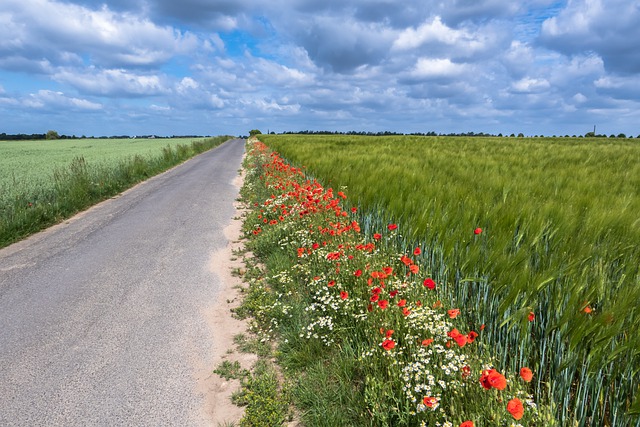As the second of four all-staff talks we held in the run-up to the COP26 Summit in November 2021, this blog includes a presentation by Professor Amanda Callaghan (Evolutionary Biology and Ecology) on education for sustainable development and how this can be delivered for colleagues and students, while Deepa Senapathi (Agriculture) takes us through some of the complexities and tricky decisions of balancing food security and biodiversity.

The impact of climate change will be the lived reality for the next generation of students. As a University we have a responsibility to equip them with the skills and the knowledge they’ll need to engage fully as global citizens, and this is the focus of a workstream within the Sustainability Strategy working group. A recent NUS skill survey found there is considerable in sustainability education, with 60% of students saying that they want to learn about climate change. It’s vital for us to ensure we join up research and teaching so that we’re not just training and inspiring the next generation of climate researchers but we can make climate education available for everyone – all of our students and all of our staff.
The United Nations defines Education for Sustainable Development (ESD) as a process of equipping students with the knowledge and understanding, skills and attributes needed to work and live in a way that safeguards environmental, social, and economic wellbeing both in the present and for the future generations. This definition shows that ESD isn’t just about climate science, it’s about many more things than that.
This education is key for us all, whether researchers or consumers, to inform our decisions and actions. There is a certain tension between the need to feed more than 7 billion people on the planet and how we manage our land and balance biodiversity conservation. And while this debate continues, there’s a wider environmental impact in the carbon footprint of our food systems.
A related aspect of sustainable food production is making it accessible and equitable. There is an almost directly inverse relationship between the food pyramid of what constitutes a healthy diet versus the pyramid of environmental impacts of producing this food. Deepa’s presentation highlighted that there’s certainly a way forward for nature-based solutions that can balance biodiversity conservation and food security needs. Small changes both to agricultural practice and the choices we make as consumers can make a big difference.
